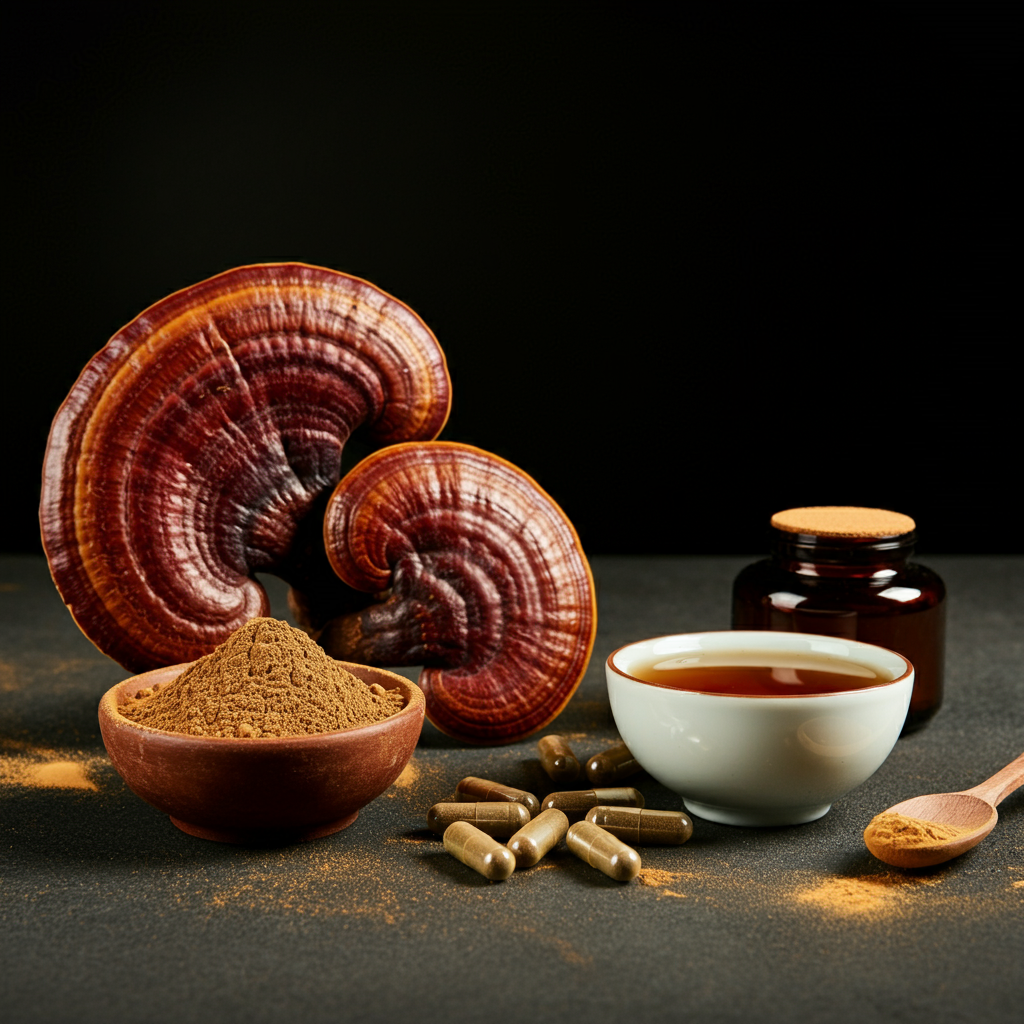The Short-Term Variation of Human Gut Mycobiome in Response to Dietary Intervention of Different Macronutrient Distributions
Authors:
Yunyi Tian, Wanglong Gou, Yue Ma, Menglei Shuai, Xinxiu Liang, Yuanqing Fu, Ju-Sheng Zheng
Journal:
Nutrients, 2023
DOI: 10.3390/nu15092152
Study Design
72-day n-of-1, crossover clinical feeding trial with alternating high-carbohydrate (HC) and low-carbohydrate (LC) diets across three repeated cycles.
Participants
30 adults from Hangzhou, China; 28 completed all study cycles. Participants had no major health conditions and maintained a standardized diet and routine during the study.
Intervention
- HC Diet: 65–75% energy from carbohydrates
- LC Diet: 15–25% energy from carbohydrates
Each intervention lasted 6 days, with a 6-day washout in between. Continuous glucose monitoring (CGM) and stool samples were collected throughout.
Outcome Measures
- Gut mycobiome composition (via ITS2 sequencing)
- Alpha and beta diversity metrics
- Fungal genus abundance
- Associations with postprandial glucose metrics (AUC24, MPG)
Summary
This controlled feeding study explored how dietary macronutrient ratios affect the human gut mycobiome. After the high-carbohydrate (HC) diet, fungal diversity increased and several genera—Pleurotus, Kazachstania, Auricularia, and Ustilaginaceae—were enriched. In contrast, the low-carbohydrate (LC) diet reduced richness and depleted genera like Malassezia, Rhizopus, and Penicillium. Notably, Ustilaginaceae abundance was positively linked to glucose levels under the HC diet but negatively under the LC diet, suggesting a diet-dependent glycemic impact. The findings offer the first causal evidence that macronutrient balance can rapidly reshape the gut fungal community, with implications for metabolic health.

No responses yet